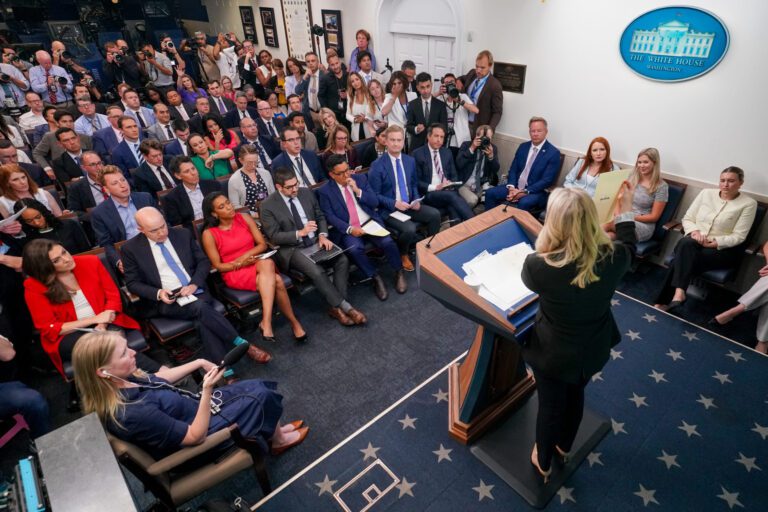Trump Announces New Tariffs on EU and Mexico: What You Need to Know
President Trump has made a significant move in international trade, announcing new tariffs that could reshape the economic landscape. Starting August 1, a 30 percent tariff will be imposed on goods imported from the European Union (EU) and Mexico. Here’s a breakdown of what this means for global trade and the U.S. economy.
Key Details of the Tariff Announcement
The announcement was conveyed in official letters to Ursula von der Leyen, President of the European Commission, and Claudia Sheinbaum, President of Mexico. Trump’s rationale centers around a desire to revive the American economy and address long-standing trade imbalances.
- Tariff Percentage: 30%
- Effective Date: August 1
- Target Regions: European Union and Mexico
Trump’s Stance on Trade Deficits
In his correspondence, Trump articulated concerns over what he perceives as unfair trading practices. He referred to the EU trade deficit as a "national security threat" due to its chronic and disproportionate nature. He stated:
"We have had years to discuss our trading relationship with the European Union, and we have concluded we must move away from these long-term, large, and persistent trade deficits."
A Call for Reciprocity
In his letter to Mexico, Trump acknowledged efforts to bolster border security but suggested that:
"What Mexico has done is not enough… I cannot let [cartels] turn all of North America into a narco-trafficking playground."
Trump emphasized the need for a more reciprocal trading environment, raising concerns that the current systems unfairly benefit foreign economies.
Avoiding Further Escalation
Trump warned both the EU and Mexico against retaliatory tariffs, stating:
"Whatever the number you choose to raise them by will be added on to the 30% that we charge."
He also extended an olive branch to the EU, offering to forgo tariffs if EU companies commit to manufacturing in the U.S.
Key Takeaway:
- EU relief clause: No tariffs if manufacturing occurs in the U.S.
The Economic Context
The European Union is a crucial trading partner, exporting over $553 billion in goods to the U.S. in 2022, as reported by the Office of the U.S. Trade Representative. A potential trade deal to circumvent the tariffs remains a possibility, as officials from the EU acknowledge productive recent talks, although time is running short with the August 1 deadline fast approaching.
Broader Trade Strategy
Trump’s tariffs form part of a wider strategy he has branded as "reciprocal tariffs." This initiative is a cornerstone of his economic agenda as he gears up for the 2024 presidential campaign. Critics, however, caution that these aggressive policies diverge from decades of established international trade norms and could lead to increased tensions.
- Past Tariff Movements: Earlier this year, Trump shocked markets with a global 10 percent tariff, which was later paused amid market turmoil.
Ongoing Developments
In recent days, Trump has been proactive in his tariff strategy, issuing letters to 23 other trading partners, including Canada, Japan, and Brazil, indicating a range of blanket tariff rates between 20 to 50 percent.
On Thursday, he captured headlines by suggesting that tariffs would be adjusted upwards, stating, “We’re just going to say all of the remaining countries are going to pay, whether it’s 20 percent or 15 percent.”
Conclusion: What Lies Ahead?
The implementation of these new tariffs on the EU and Mexico represents a pivotal moment in Trump’s trade strategy, with potential implications for U.S. consumers and foreign relations. As August 1 approaches, stakeholders on both sides will be keenly observing developments to gauge how this trade landscape evolves.
Further Reading
For more insights on international trade policies and their implications, explore these resources:
- Office of the U.S. Trade Representative
- European Commission Trade
- Current U.S.-Mexico Trade Relations
Stay informed as these events unfold, as they will undoubtedly impact both domestic and global markets.


